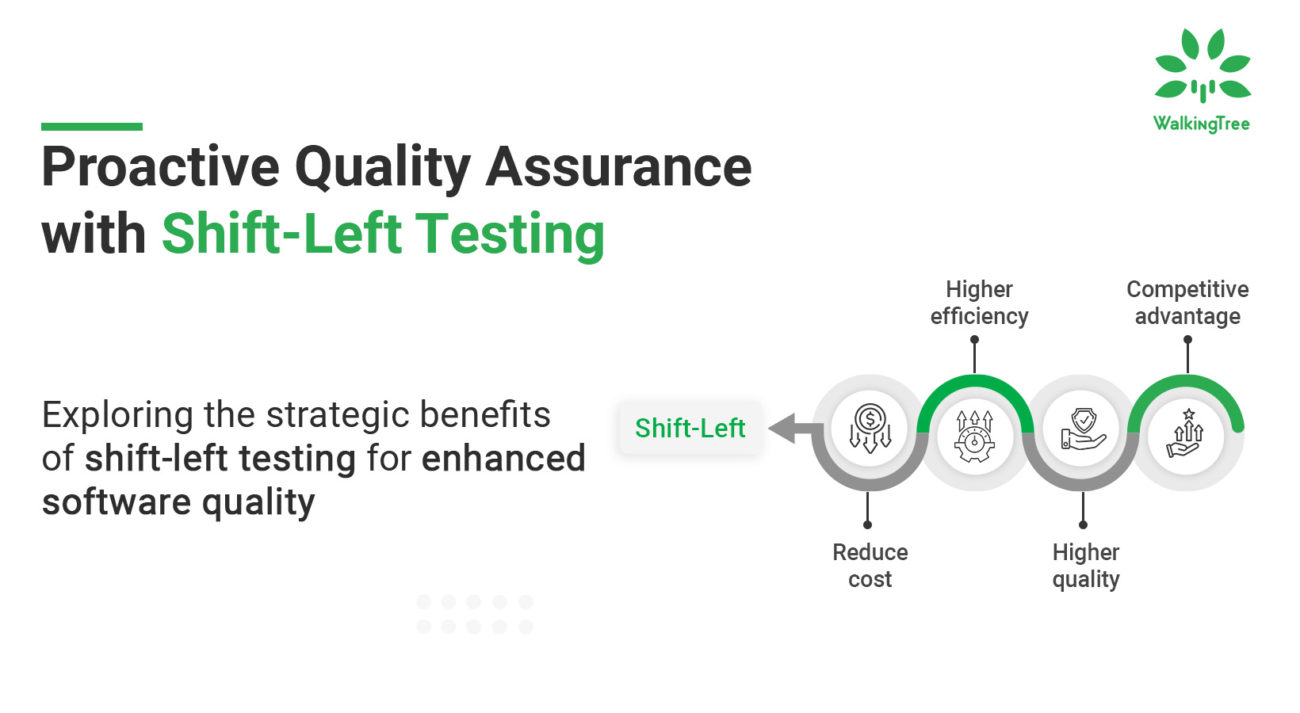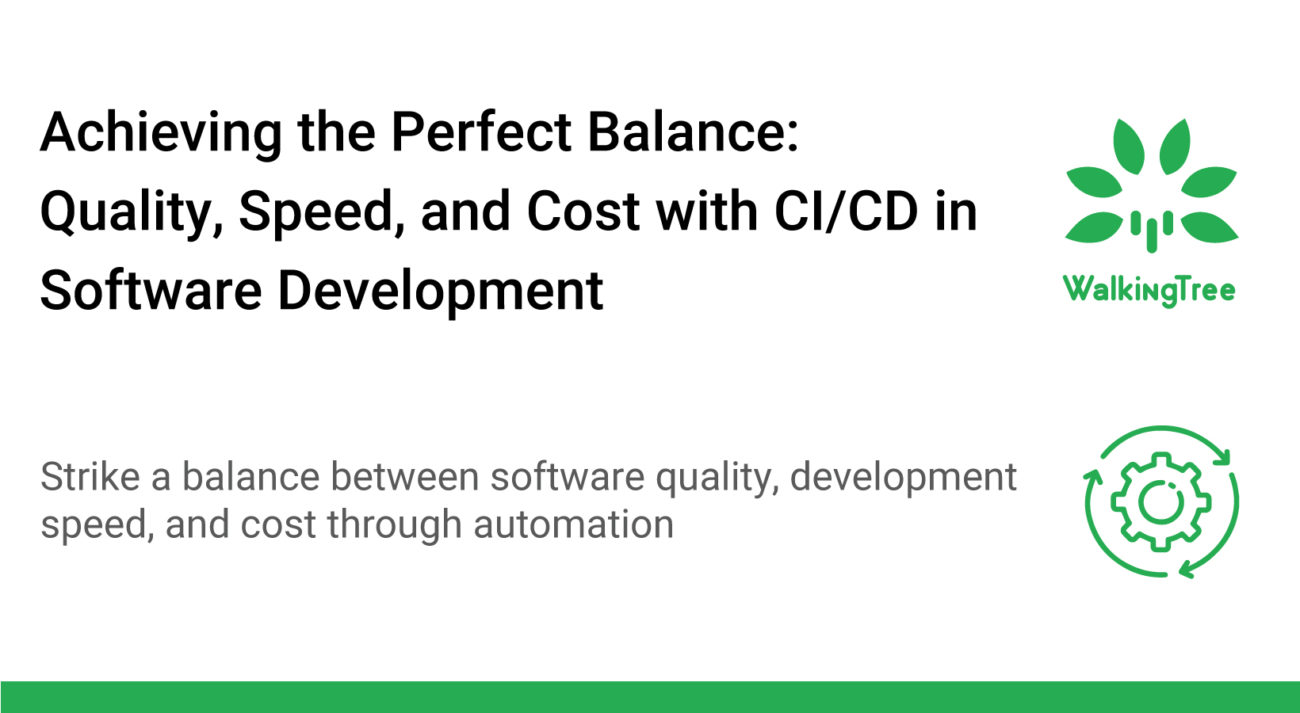
Blogs
Optimizing Test Automation to Accelerate Agile Development Cycles
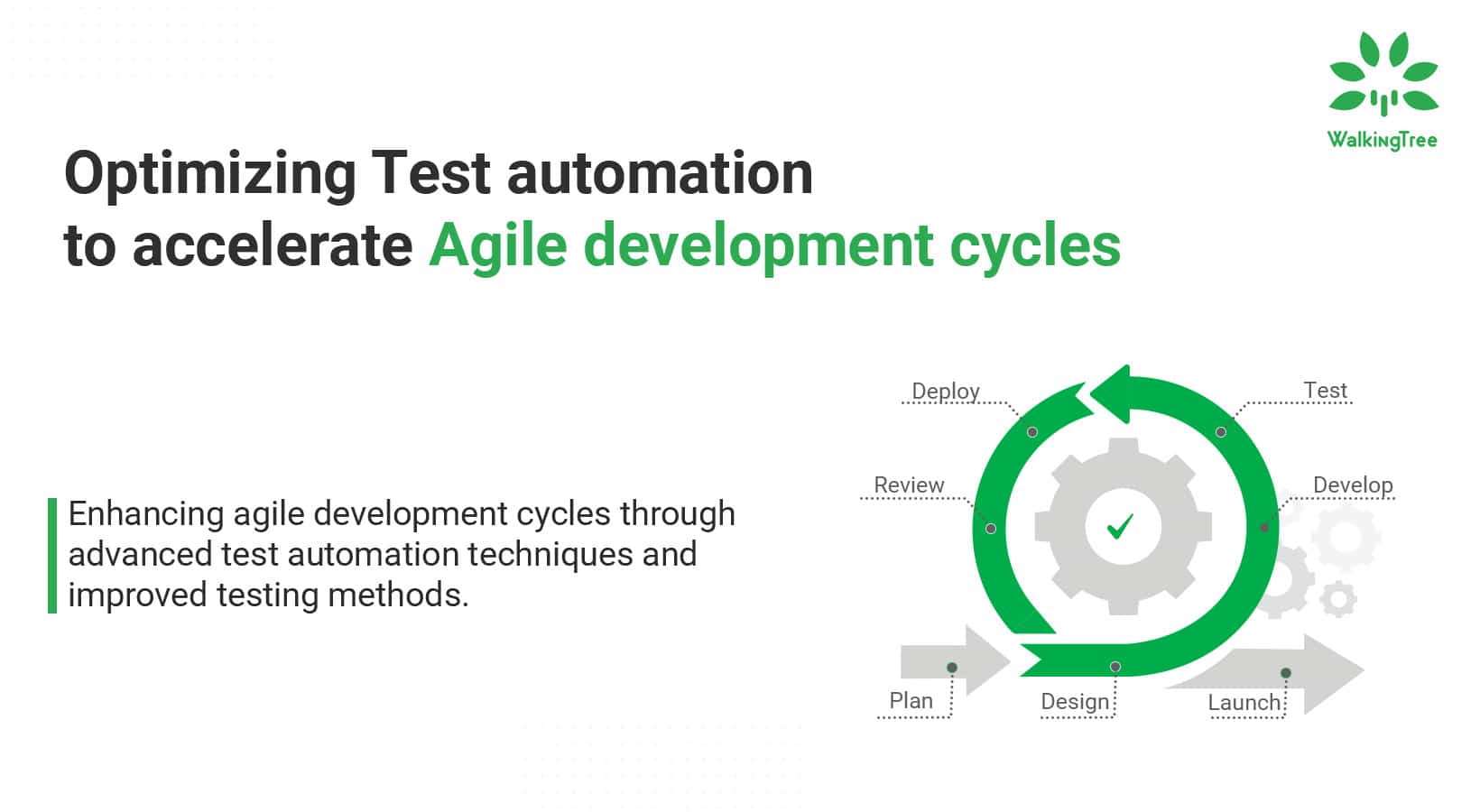
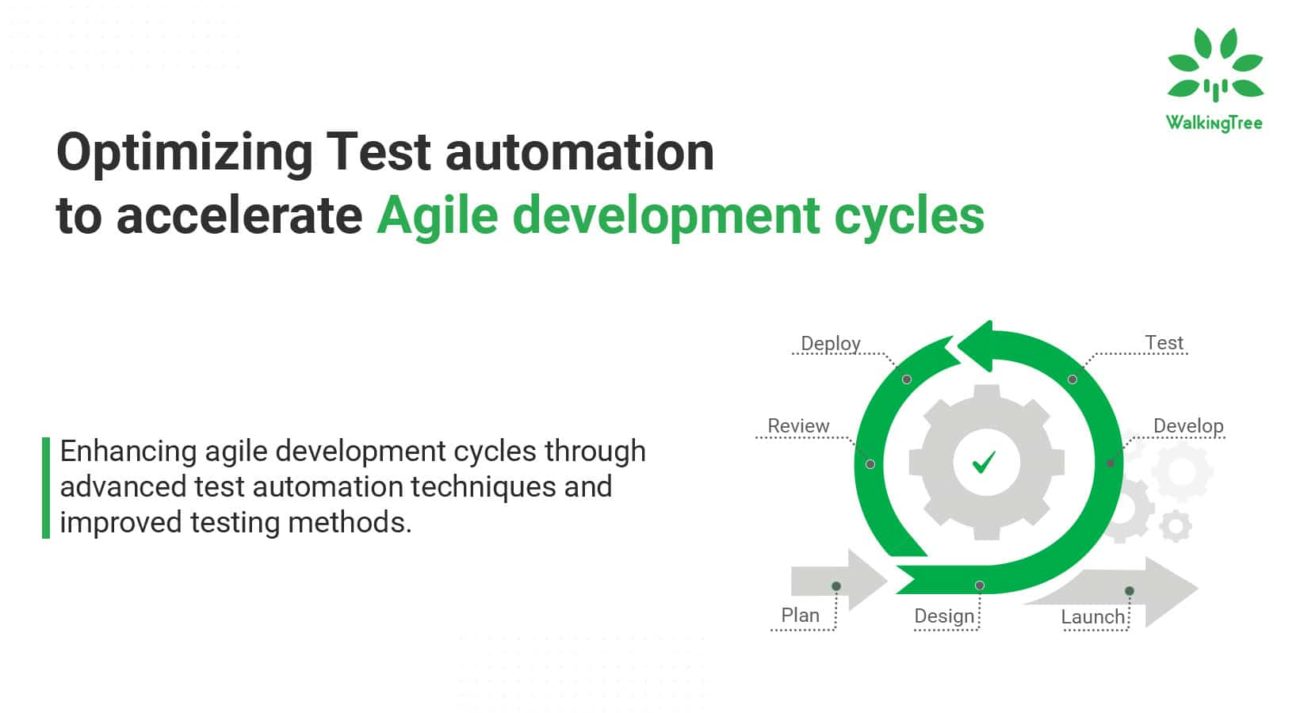
Amidst the process of Agile software development, navigating through constantly changing requirements and deadlines presents a formidable challenge. Moreover, the need for speed and adaptability is of utmost importance across most software development endeavors. This is where Agile comes into play.
Decision-makers recognize that Agile software development methodology enhances teamwork in software development teams within the IT infrastructure. This makes it possible to produce updates and new applications quickly. It also places a strong emphasis on speed and quality while emphasizing rapid iteration and adaptation to changing requirements.
Consequently, test automation is essential to the advancement of Agile software development cycles, additionally encouraging technological advancement in companies. This blog will cover the intricacies of Agile Automation, point out selection criteria for automation systems, and go over tactics for striking the ideal balance amongst automated and manual testing.
|Automation in Agile: Catering to the speed demands
Realizing that the linear nature of the classic waterfall approach makes it incapable to cope with the vigorous and constantly changing demands of Agile software development cycles. In this dynamic context, manual testing is not sufficient to satisfy the needs for effectiveness as well as speed. Therefore, it is essential to utilize automation.
Agile automation introduces purposeful automation across the development phases, revolutionizing the testing workflow. In contrast to the waterfall paradigm, which frequently leaves testing till the end, the agile approach incorporates testing right away, guaranteeing quick iteration and ongoing feedback.
Although manual testing still has its uses, such as in qualitative analysis and user experience assessment, it cannot keep up with the swift needs of Agile software development. This void is filled by automation, which offers speed, scalability, and accuracy. Automated tests can quickly complete tedious tasks, freeing up testers to concentrate on test design and more complicated issues.
The overall quality and customer satisfaction of Agile workflows can be improved by developers and testers utilizing automated solutions. Resources that were previously devoted to manual testing can now be used to perform descriptive testing and identify possible problems. This change increases accuracy and dependability while also speeding up the testing process.
Therefore, a fundamental shift from traditional manual testing towards purposeful automation is required by Agile’s iterative methodology. Agile development teams can meet the speed requirements of Agile software development while maintaining the delivery of faultless, high-quality software updates by employing automation in addition to manual testing as necessary.
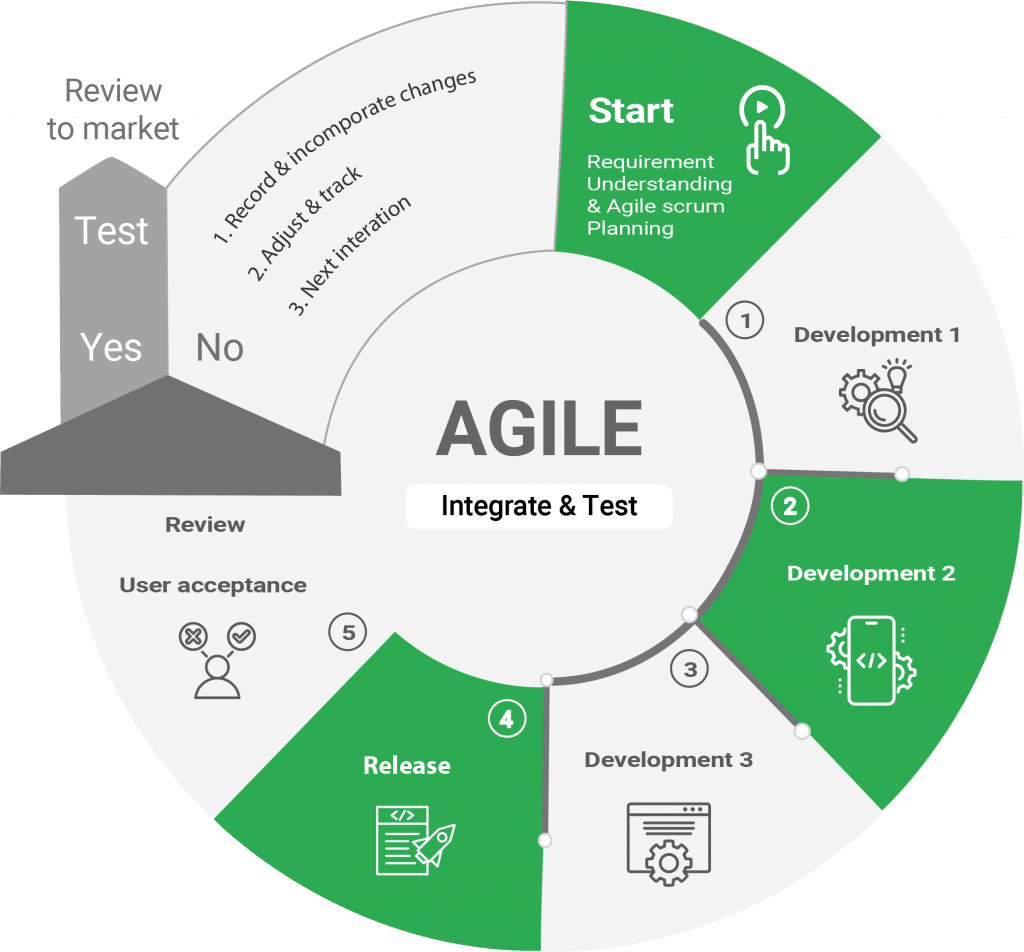
|Fundamental core values of Agile Testing
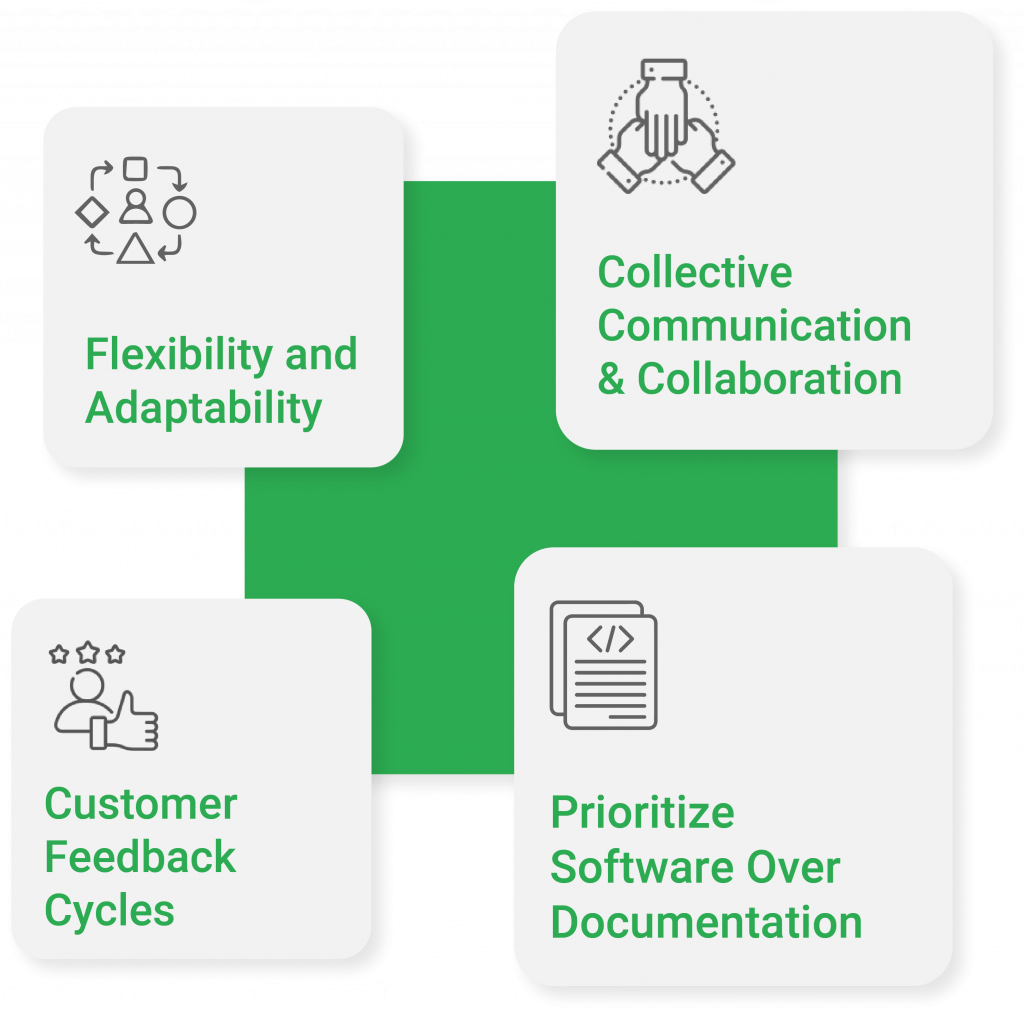
Agile testing works on certain core values that enhance the testing process. Let’s learn more about these core values.
- Collective communication & collaboration: Agile places more emphasis on teamwork and efficient communication than it does on using just procedures and technologies. The capacity of team members to work well together, solve problems quickly, and promote constant communication is essential for effectiveness.
- Prioritize software over documentation: Agile places more emphasis on the delivery of functional software than traditional approaches, which place more emphasis on thorough documentation. Frequent shipping codes facilitate quick consumer input, allowing for incremental enhancements and guaranteeing that development efforts stay directed toward concrete results.
- Customer feedback cycles: Agile promotes constant client collaboration all the way through the development process. Continuous feedback cycles are a feature of Agile teams that guarantee accurate and timely responses to customer requests. This methodology mitigates the potential hazards linked to misplaced anticipations and fosters the provision of resolutions that genuinely satisfy client demands.
- Flexibility and adaptability: Agile encourages flexibility in both planning and implementation since it acknowledges that change is inevitable. Agile teams put flexibility in responding to changing needs and market conditions ahead of strict adherence to set goals. Teams can quickly pivot thanks to this agility, using fresh perspectives to provide value in ever-changing situations.
|How to select the right tools for testing?
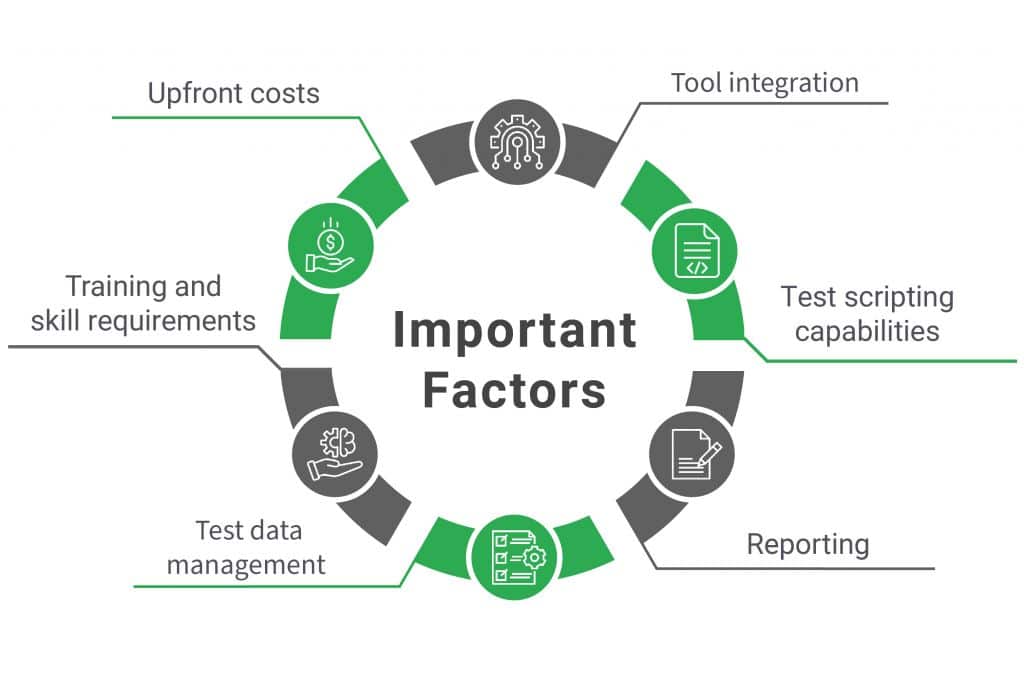
To ensure successful and efficient testing during automation, choosing the right tools is essential. It’s critical to assess automated testing tools according to features, compatibility, usability, scalability, and support. The business’s requirements, technological stack, and testing goals should all be met by the selected tools.
Important factors to take into account include:
Upfront costs: These include purchasing the necessary equipment for automation testing, setting up the necessary infrastructure, educating team members, and maybe employing qualified automation testers. Additionally, creating and updating test scripts, organizing test data, and incorporating automation into current Agile software development procedures could also incur expenses.
While there may be significant up-front expenses, these are outweighed by long-term benefits including increased productivity, quicker test execution, and less manual labor. Therefore, to ensure an automated testing installation that is both successful and economical, careful planning and upfront cost consideration are essential.
Training and skill requirements: Automation testers must be proficient in programming languages, scripting, and framework-specific automation tools. They should understand best practices, approaches, and concepts of software testing. Therefore, adequate training implies that testers can accurately interpret test findings, write optimal test scripts, and use automation tools with efficiency.
Additionally, other crucial factors that has to be considered while choosing the right tool for testing are test data management, reporting, test scripting capabilities, and tool integration. Automation testers can increase productivity and expedite test execution. Additionally, produces accurate and dependable findings by selecting the appropriate tools. It makes the overall automation testing efforts more effective and helps to deliver software successfully.
It’s crucial to keep up with the most recent developments in automation testing and to pursue ongoing education. Hence, by investing in training and skill development, testers may improve test coverage, take advantage of automation’s advantages, and produce software that meets high standards. Keeping up with the latest technological advancements enables testers to take on new roles and promote effective automated testing procedures.
|Balancing manual and automated testing: Strategies for optimal resource allocation
Businesses need to employ effective strategies that leverage the advantages of both manual and automated testing methodologies to strike a balance between them. This involves carrying out a thorough evaluation of testing requirements, identifying domains that are amenable to automation, and saving manual testing for projects that require human involvement.
It is also essential to cultivate a culture of cooperation amongst the operations, testing, and development teams. Businesses may optimize the Agile software development approach and increase the effectiveness of their testing efforts by dismantling internal barriers and fostering cross-functional collaboration.
| Aspect | Description |
| Benefits of automation | Automation offers undeniable advantages in terms of speed and repeatability, enabling rapid iteration and enhancing overall efficiency. It excels in executing repetitive tasks with precision and expediting the testing process, contributing significantly to accelerated time-to-market. |
| Limitations of automation | Despite its merits, automation is not a solution for all testing scenarios. Activities requiring human intuition, creativity, and domain expertise, are less amenable to automation. These include testing aspects related to user experience, edge cases, and exploratory scenarios. |
| Strategic approach | Achieving the optimal balance between manual and automated testing necessitates a strategic approach that leverages the strengths of each methodology. Organizations must conduct a meticulous assessment of testing requirements, identifying areas that are ready for automation while reserving manual testing for tasks that demand human intervention. |
| Collaborative culture | Fostering a culture of collaboration among development, testing, and operations teams is paramount to achieving synergy and alignment toward shared objectives. Breaking down silos and nurturing cross-functional collaboration enables organizations to amplify the efficacy of their testing endeavors and streamline Agile software development cycles. |
WalkingTree offers Agile methodology with exceptional flexibility that helps businesses adjust and navigate through uncertain times, evolving market conditions, consumer tastes and technology. Businesses can then efficiently manage these difficulties by modifying their testing techniques. Agile testing adopts an iterative methodology that emphasizes quick adaptation to provide value to clients and prosper in an ever-evolving setting.
We embrace the latest Agile engineering techniques to guarantee simplicity and ensure quality results. Our approach involves continuous improvement of your SAP application platforms through empowered teams that embrace changes to requirements.
We provide a single source of prioritized work items, along with daily status meetings and a team commitment to delivering a potentially shippable increment during each Sprint.
Therefore, if you are looking for top-notch Agile software development and flawless applications with Agile, WalkingTree Technologies is here to help you.
Click here to connect with us or drop a comment, we’ll be happy to get back to you.
|FAQs
Agile software development is a flexible approach to building software that focuses on collaboration, quick iterations, and continuous improvement. Unlike traditional methods, the agile methodology emphasizes delivering small, functional parts of the product frequently, allowing teams to adapt quickly to changing requirements and customer feedback.
The agile software development life cycle typically includes six key phases: concept, inception, iteration, release, production, and retirement. These agile methodology phases ensure that the product evolves steadily, with regular feedback loops, quality checks, and improvements at each stage.
The agile approach prioritizes working software, team collaboration, and adaptability over rigid planning and documentation. In traditional methods like Waterfall, each stage must be completed before the next begins. In software development agile, multiple phases often run in parallel, enabling faster delivery and better alignment with user needs.
The agile methodology meaning goes beyond just a set of practices. It’s a mindset that values customer collaboration, flexibility, and rapid delivery. In agile software development, teams work in short cycles called sprints, focusing on delivering value quickly and refining the product continuously based on real-world feedback.
Agile software development works best for projects where requirements are likely to change or evolve over time, such as startups, SaaS platforms, or digital transformation initiatives. The agile methodology phases help teams handle uncertainty efficiently, making it ideal for dynamic environments that demand frequent releases and user input.
About Akshay Srivastava
Akshay is a dedicated professional with a passion for innovation and perseverance. He thrives on generating ideas and delivering practical solutions while embracing lessons from challenges. Akshay's focus on continuous growth drives success in every endeavor.
View all posts by Akshay Srivastava




